Maintaining a home is no small feat, especially when it comes to understanding complicated systems like push button toilet flush mechanisms.
We use these devices on a daily basis, yet many of us don’t fully grasp how they work. This can make handling issues, should they arise, seem like a daunting task.
However, with basic knowledge about how they operate, common malfunctions, and necessary repair tools, managing these problems can become remarkably straightforward.
The goal here is to equip you with understanding of the push-button toilet flush systems and how to troubleshoot them yourself, potentially saving time, money, and frustration.
Push button toilet flush problems can include issues with the button not responding, water not flushing properly, or continuous running. These problems may result from button or seal damage, water pressure issues, or a faulty flush mechanism. Troubleshooting and potential repairs may be needed to resolve these issues.
Common Push Button Toilet Flush Problems
| Problem | Symptom | Possible Causes | Solutions |
|---|---|---|---|
| Partial Flush | Water doesn’t flush fully, leaves waste | 1. Low water level in tank. 2. Dirty flapper. | 1. Adjust the water level. 2. Clean or replace the flapper. |
| Double Flush | Toilet flushes twice with a single press | 1. Flapper closes too soon. 2. Chain too long. | 1. Adjust flapper chain length. 2. Replace the flapper if needed. |
| No Flush | Nothing happens when the button is pushed | 1. Water supply valve closed. 2. Broken flush mechanism. | 1. Check and open water supply valve. 2. Repair or replace the flush mechanism. |
| Continuous Running | Water keeps running after flushing | 1. Flapper not sealing properly. 2. Water level too high. | 1. Adjust or replace the flapper. 2. Lower the water level. |
| Weak Flush | Inadequate flushing power | 1. Low water level in the tank. 2. Clogged rim holes. | 1. Adjust the water level. 2. Clean clogged rim holes. |
| Sticky Button | Button is hard to press or doesn’t pop back up | 1. Dirt or debris in the button mechanism. | 1. Clean and lubricate the button mechanism. |
The first step in dealing with push button toilet flush problems is understanding how the system operates.
The push button toilet flush mechanism is relatively simple – it operates on a lever system that controls water flow. When the button is pushed, it triggers a lever that lifts a flapper or seal.
This causes the water in the tank to flush down into the toilet bowl.
The mechanism inside consists of several key parts:
- Push Button: This is the external part you interact with. Normally, there are two buttons: one for a half flush (for liquid waste) and one for a full flush (for solid waste).
- Dual Flush valve: This is the mechanism inside the cistern that controls the flow of water. You’ll be able to see it clearly once you lift off the lid of your toilet’s tank—it’s generally a large plastic assembly with a float attached.
- Seal/Flapper: The seal – also called the flapper – is the stopper mechanism that holds water within the tank when the toilet isn’t in use. When the flush valve lifts, the seal opens and water flows from the tank into the bowl.
- Overflow tube: The overflow tube ensures the tank doesn’t overflow with water by directing excess water into the bowl.
Recognizing possible Issues with Push Button Toilet Flush Systems
By understanding what each component does, you can identify possible problems more easily:
- Push Button Problems: If the push button is sticky or not popping out after being pushed, it may be a problem with adjustment or it needs replacement.
- Flush Valve Issues: If the toilet continues to run after flushing, doesn’t flush adequately, or won’t flush at all, the issue is most likely with the flush valve. This could be an incorrect adjustment, a broken part, or it may need to be replaced.
- Seal/flapper issues: If the toilet continues to run into the bowl after flushing, or water is leaking into the toilet bowl between flushes, the seal/flapper might not be sealing properly.
- Overflow tube issues: If water is constantly running into the overflow tube, the float might be set too high. This means your tank is trying to overfill, causing water to run into the tube continuously.
By familiarizing yourself with these components and their common problems, you can better troubleshoot your push button toilet flush issues.
Each of these components is replaceable, and once you pinpoint which part is causing the issue, you can replace it to restore your toilet to normal operation.
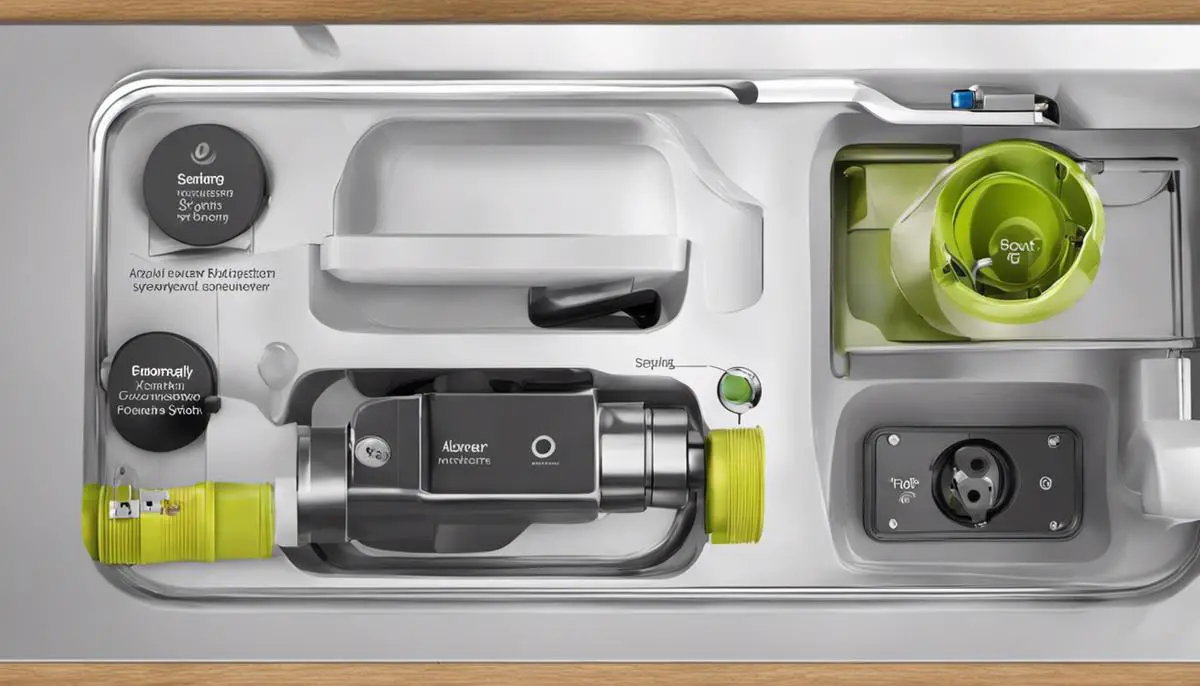
Common Problems and Troubleshooting
Push Button Toilet Flush Issues
Push button toilets are a common type of toilet mechanism, but there are common issues that might occur with their operation.
These could include a toilet that keeps running, a button that isn’t working, or a button that’s difficult to push.
Toilet Keeps Running After Flushing
One common issue you may experience with a push-button flush is the toilet continuing to run after you’ve flushed it.
This can waste a large amount of water and make an irritating noise. This commonly arises due to issues with the float valve or fill valve that controls the level of water in your toilet tank.
To resolve this issue, you should first check the two valves. Unsnap your toilet tank lid and inspect to see if the float valve is stuck or if the fill valve is not stopping water flow. Wiggle the float valve to loosen it or adjust the float to lower the water level.
If this doesn’t help, you might need to replace your fill valve. Replacements can be bought at most hardware stores and complete instructions should be within the packaging.
Button Not Working
Another common issue could be that the-button flush isn’t working at all. This could be due to a mechanical issue with the button itself or maybe it’s disconnected from the flushing mechanism.
Firstly, remove the button casing (be careful to not force or break it). See if the button moves freely.
If not, clean it with some warm, soapy water and then dry before replacing. If the button isn’t connected to the flushing mechanism, reconnect it, making sure it’s secure.
Hard to Push Button
If the button is hard to push, this often does not result in flushing, and may be caused by a build-up of grime or by the cistern being too full.
First, try cleaning around the button, as grime or dirt can build up and hinder its operation. If this is ineffective, check the water level in your cistern.
If it’s too high, this will exert more pressure on the toilet mechanism, making the button harder to push. Adjust the float valve to lower the water level in the cistern.
In conclusion, while push button toilet flush issues can be frustrating, understanding the common problems and their solutions can save you both time and money. However, if the problem persists after carrying out these steps, it’s best to consult with a professional as further troubleshooting might be necessary.
Note: Always turn off your toilet water supply while working on it to prevent any unfortunate water incidents.
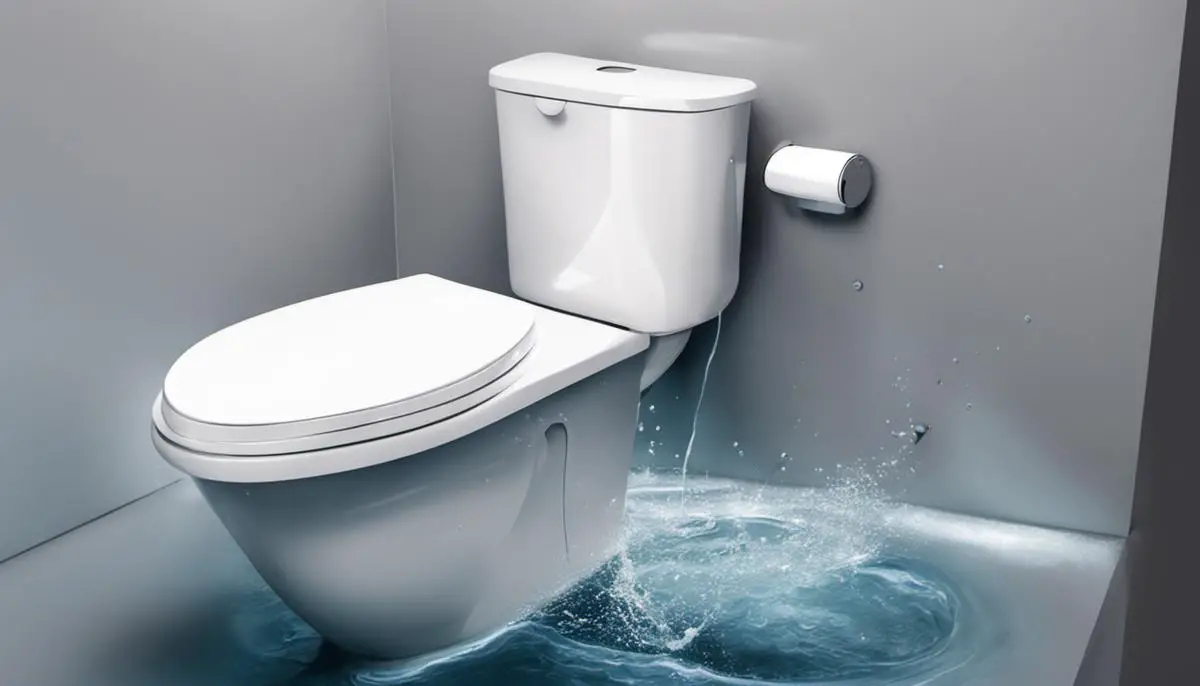
Necessary Repair and Replacement Tools
Identification of Tools Needed for Push Button Toilet Flush Problems
Identifying the right tools is the first step towards fixing a common push button toilet flush problem.
The basic tools required include a large pliers or an adjustable wrench, a standard screwdriver, a pair of needle-nose pliers, a plastic scraper or old toothbrush, and some silicone grease for lubrication.
A tape measure might also come in handy if you need to replace the dual-flush valve.
If the problem involves a leaky flapper, a replacement flapper may be required — ensure you acquire the right one that suits your toilet design.
Remember to have some towels and a bucket nearby to deal with any water that may spill when you empty the cistern.
Safely Using The Tools
When using these tools, it’s of utmost importance to do so properly and safely. Here is a guide on how to use them:
- Large Pliers/Adjustable wrench: Ensure your hands are dry before using these tools. Use them to remove the large nut that connects the fill valve to the toilet tank.
- Screwdriver: The screwdriver is used to unscrew the top of the flush button assembly. Hold it firmly and always turn it away from your body to avoid injury.
- Needle-nose Pliers: Use these pliers to disconnect the chain linking the flush handle to the flapper. Be careful not to squeeze the pliers too tightly or you may damage the chain.
- Plastic Scraper/Old Toothbrush: These are used to clean out any buildup that might be causing the button to stick. When cleaning, use gentle circular motions to avoid damaging the parts.
- Silicone Grease: Use this to lubricate the moving parts. Apply a thin layer and remember to wipe up any excess to avoid having the parts be slippery in future.
- Tape Measure: If you need to replace the dual-flush valve, use the tape measure to ensure you buy the right size.
When addressing push button toilet flush problems, safety is key. Always turn off the water supply when working on plumbing, and ensure the area is well-lit.
Bring focus to the task at hand, never rush, avoid distractions and remember that if the problem persists, consulting with a professional plumber might be the safest and most effective step forward.
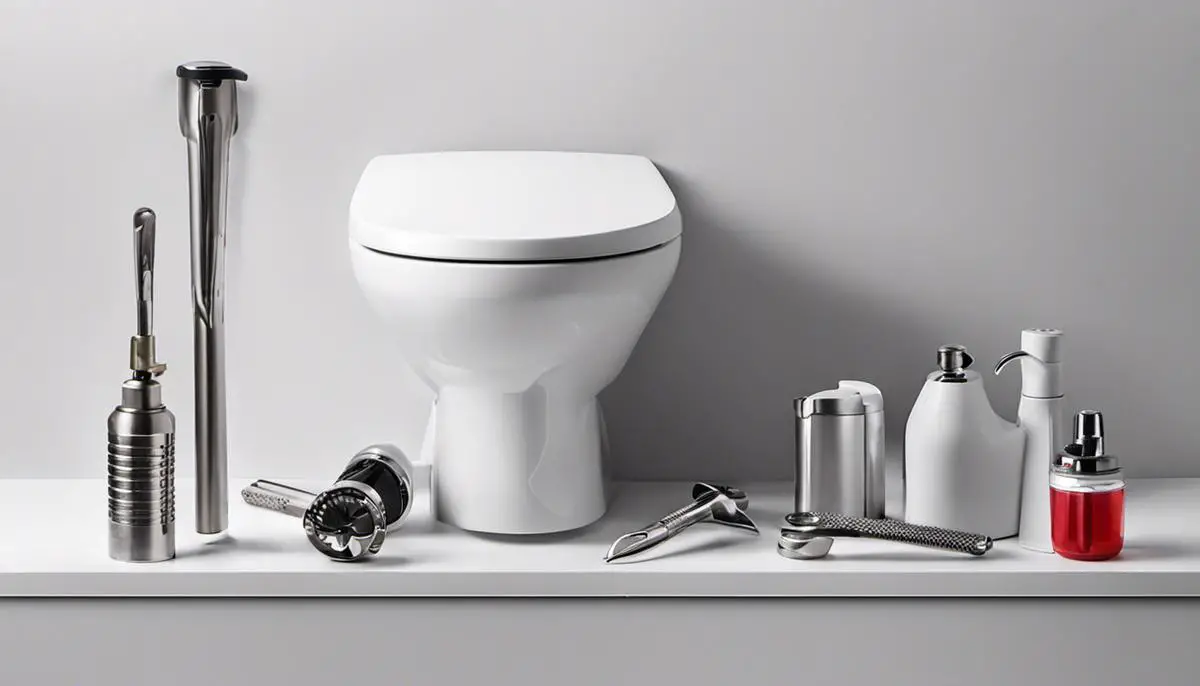
Hands-on Practice
Understanding Toilet Flush Mechanisms
To begin understanding toilet flush problems, first, familiarize yourself with the basic toilet flush system.
A toilet flush system primarily consists of a fill valve, which refills the tank after every flush, a float that controls the fill valve, a flush valve, which allows the water in the tank to enter the bowl for flushing, and the flush handle which triggers the flush action.
Finding Practice Scenarios
To gain practical knowledge, one of the best ways is to use real systems.
Look for scenarios where the toilet flush is malfunctioning, like unused toilets in your premises or community neighborhood.
Always ensure you have taken permission if trying out on a third party’s equipment. If you don’t mind spending some money, you may also consider purchasing a defective toilet or a toilet model for practice.
Detailed Examination of Toilet Flush System
Examine the fill valve, the float, the flush handle, and the flush valve thoroughly. Each of these components has a key role in ensuring that the toilet flushes properly.
The fill valve refills the tank after each flush, the float controls the fill valve, and the flush valve allows water from the tank to enter the bowl.
Any dysfunction in these components may lead to a malfunctioning toilet flush.
Identifying Push Button Toilet Flush Problems
Next, let’s focus on potential problems with a push-button toilet flush system. Push button flush problems are not substantially different from handle-based systems.
They can range from the button not popping up after being pushed, the system continuously running water, no or sluggish water refill in the tank, etc. Understanding the problem is your first step in fixing it.
Practicing on Actual Systems
By applying the knowledge you’ve acquired through observing and learning, you can then start fixing the identified problem areas. If the button isn’t popping up after being pushed, it could be a problem with the button or mechanism itself.
A constantly running toilet could be due to a faulty fill valve or a problem with the overflow tube. Sluggish water refill could indicate a problem with the fill valve or blockage in the water supply pipe.
Trial and Error Approach
Being a novice, you may first rely on a trial and error approach to fix problems.
For example, if you observe that the issue lies with the fill valve, try adjusting it or replace it entirely if that doesn’t work. Similarly, if you find the flush valve or its seal is damaged, you can attempt to replace it.
Increasing Confidence and Capability
Continuous hands-on practice on real systems, either defective or models, will help build your troubleshooting skills.
Over time, as your confidence grows, you will be capable of handling toilet flush problems without hesitation.
Remember, success may not come instantly, but with patience and effort, you will become competent in fixing push button toilet flush problems.
Leveraging Online Resources
You can also leverage available online resources such as user manuals, DIY videos or forums, like YouTube, Reddit etc.
They provide step-by-step instructions on most common toilet flush issues and how to deal with them, helping you further understand and fix specific toilet flush problems.
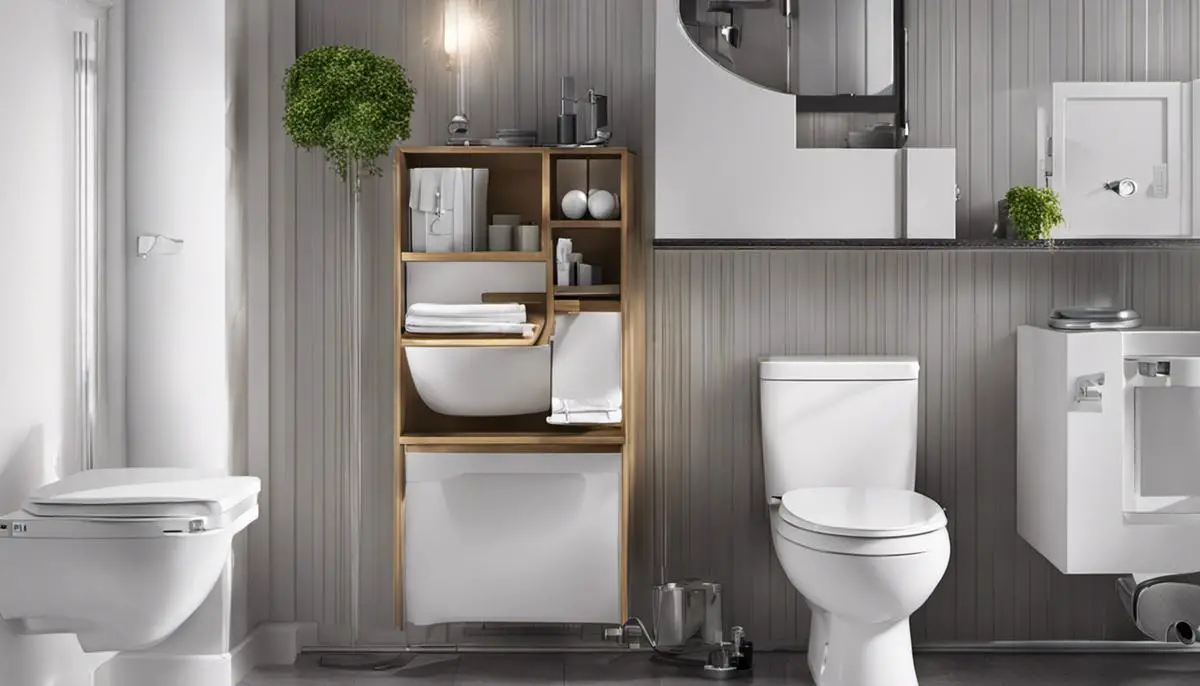
By now, we’ve delved into the nitty-gritty of push-button toilet flush systems and their workings. We’ve explored the frequent problems that might happen and how to troubleshoot them, along with identifying the appropriate tools needed for repair or replacement.
Armed with this knowledge, you’re ready to tackle any issues that might come your way. With some practical hands-on experience, you’ll be able to confidently handle as well as prevent any unexpected push-button toilet flush issues from turning into major hassles. Remember, a well-informed homeowner is an empowered one.
Take this knowledge and use it to increase your home’s efficiency, maintain its value and improve your daily life.
Related Questions
[faq-schema id=”16587″]




![How to Remove Crystallized Urine [Explained]](https://homepander.com/wp-content/uploads/2022/02/How-To-Remove-Crystallized-Urine.jpg)
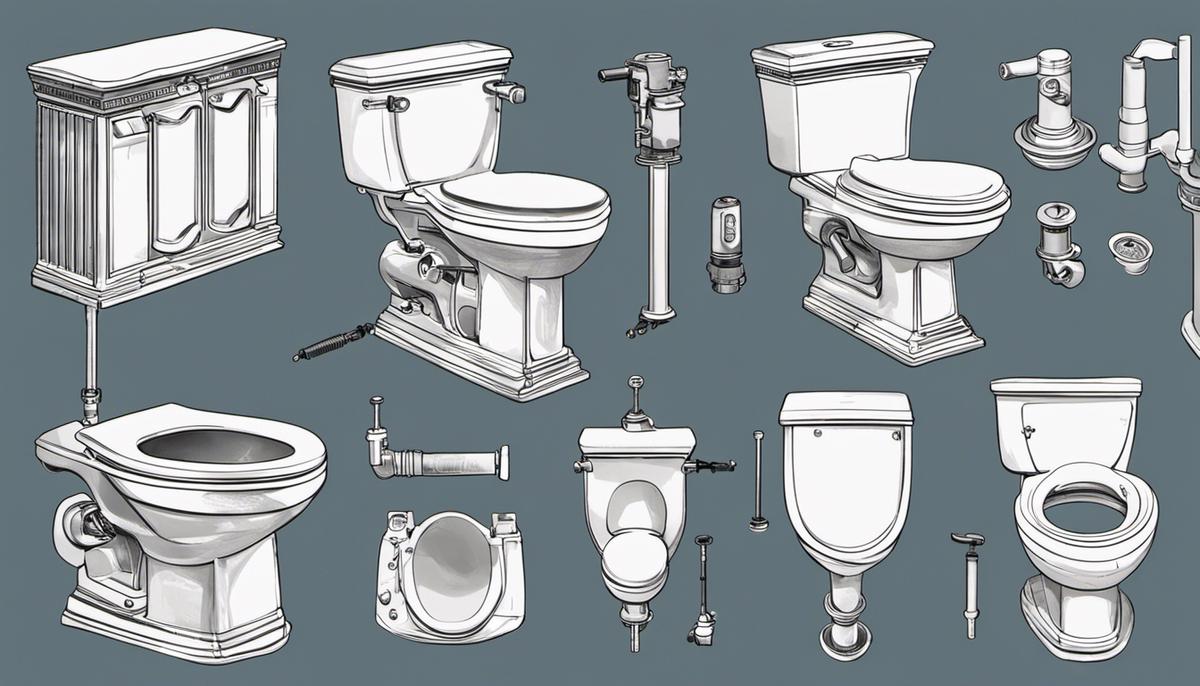
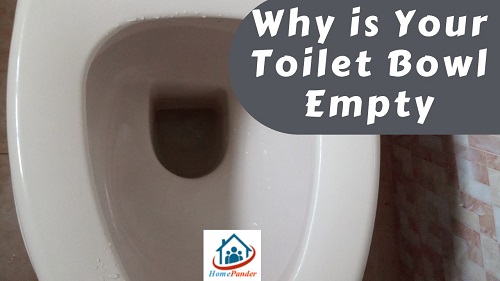
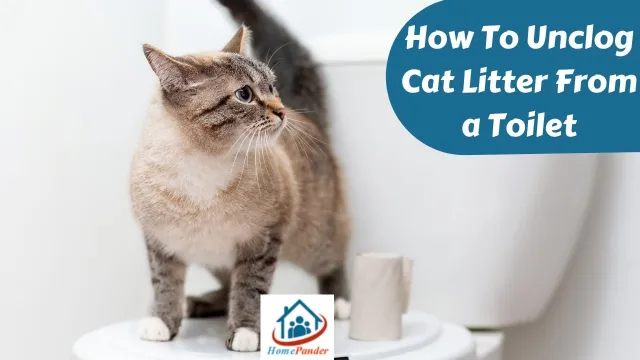
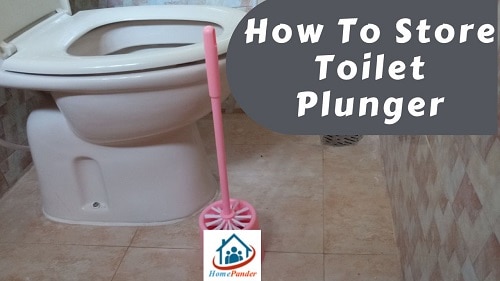
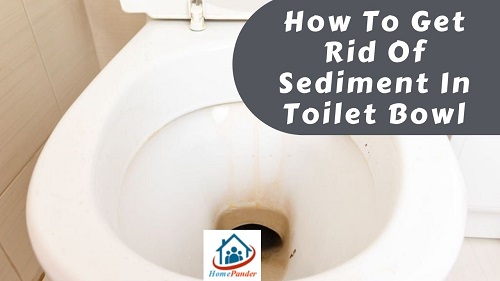
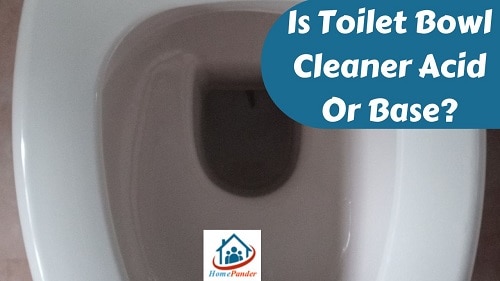
![How To Clean Dark Grout That Has Turned White [5 Easy Ways]](https://homepander.com/wp-content/uploads/2021/12/How-To-Clean-Dark-Grout-That-Has-Turned-White.webp)